
有机化学实验=ExperimentalOrganicChemistry.2版9787568416566
正版图书,可开发票,请放心购买。
¥ 30.05 6.7折 ¥ 45 全新
库存5件
广东广州
认证卖家担保交易快速发货售后保障
作者陈秋云 编
出版社江苏大学出版社
ISBN9787568416566
出版时间2021-11
装帧平装
开本16开
定价45元
货号31325605
上书时间2024-11-22
- 店主推荐
- 最新上架
商品详情
- 品相描述:全新
- 商品描述
-
作者简介
目录
Part 1 Basic Knowledge in Organic Chemistry Laboratory
1.1 Rules in laboratory
1.2 Prevention and treatment of the common accidents in laboratory
1.3 Requirements of preparation, record and report of experiments
1.4 Common lab equipment and apparatus
1.5 Waste disposal
1.6 Notes for organic synthesis devices and safety
1.7 Names of important organic compounds
Part 2 Basic Experimental Techniques
2.1 Preparation of organic compounds
2.2 The determination of physical constants of organic compounds
2.3 Separation and purification technology of organic compounds
2.4 Spectral analysis technology of organic compounds
Part 3 Experiments for Preparation of Organic Compounds
3.1 Preparation of cyclohexene
3.2 Preparation of anhydrous ethanol
3.3 Preparation of n-butyl bromide
3.4 Preparation of n-butyl ether
3.5 Preparation of acetophenone
3.6 Preparation of aspirin
3.7 Preparation of cinnamic acid
3.8 Preparanon of n-butyl acetate
3.9 Preparation of isoamyl acetate
3.10 Synthesis of glycerol monostearate
3.11 Preparation of skin care cosmetic
3.12 Preparation of detergent
3.13 Design an experiment procedure for the synthesis of ethyl acetate
3.14 Design an experiment procedure for the purification of N-phenylacetamide
Part 4 Extraction, Separation and Identification of Organic Compounds
4.1 Distilling 95% ethanol and measuring the boiling point
4.2 Recrystallization of benzoic acid
4.3 Purification of benzaldehyde
4.4 Isolation of caffeine from tea leaves
4.5 The extraction of limonene from orange peels
4.6 Separation of A and B by thin-layer chromatography
4.7 Separation of spinach pigments by column chromatography
4.8 Preparation and resolution for optical isomers of tris(ethylenediamine) cobalt salts
4.9 Identification of sugar
4.10 Identification of amino acids and proteins
4.11 Design an experiment procedure for the purification of ethanol
4.12 Design an experimental procedure for the identification of caffeine by thin-layer chromatography
4.13 Design an experimental procedure for the extraction of pigments from natural product
Part 5 Experimental Diagram
5.1 Distilling 95% ethanol and measuring the boiling point
5.2 Isolation of caffeine from tea leaves and sublimation
5.3 Synthesis, isolation and purification of n-butyl acetate
5.4 Separation of mixture and identification by thin-layer chromatography
5.5 Preparation of aspirin
5.6 R.ecrystallization of benzoic acid
5.7 The preparation of n-butyl bromide
5.8 The synthesis of n-butyl ether
Part 6 有机化学实验室和设备安全常识
6.1 有机化学实验室安全知识
6.2 有机合成常用设备使用常识
References
Appendix
I. Physical constant
II. Name of glassware
内容摘要
有机化学(OrganicChemistry)主要讲解有机化学的基本知识,包括各类有机化合物的命名、结构与性质等。本书是根据高等教育国际化需要,面向国内高校招收海外留学生全英文教学的需求而编写的以英文为主的配套实验教材,主要介绍了有机化学实验的基础知识、实验室安全常识、有机化学实验的基本操作、有机化学实验及实验图解。本教材由具有国际科学交流和教育经验的资深教师编写,适合采用英文教学的本科生、研究生及教师的教学使用,也可作为各类企
业有机化学品安全教育和国际交流时使用。
— 没有更多了 —


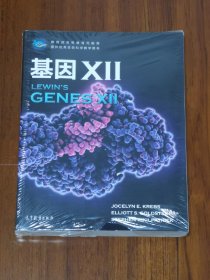
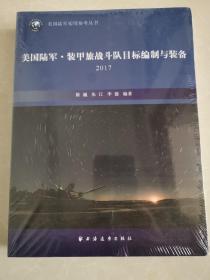
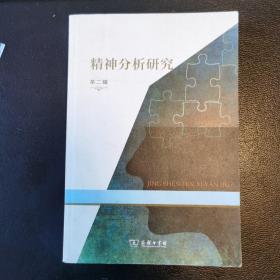

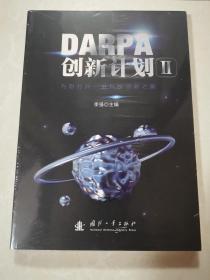


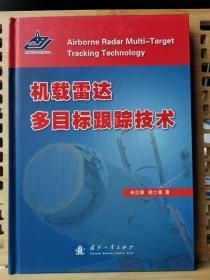
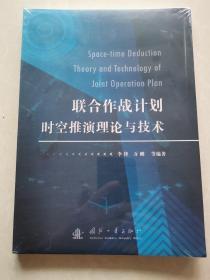










以下为对购买帮助不大的评价